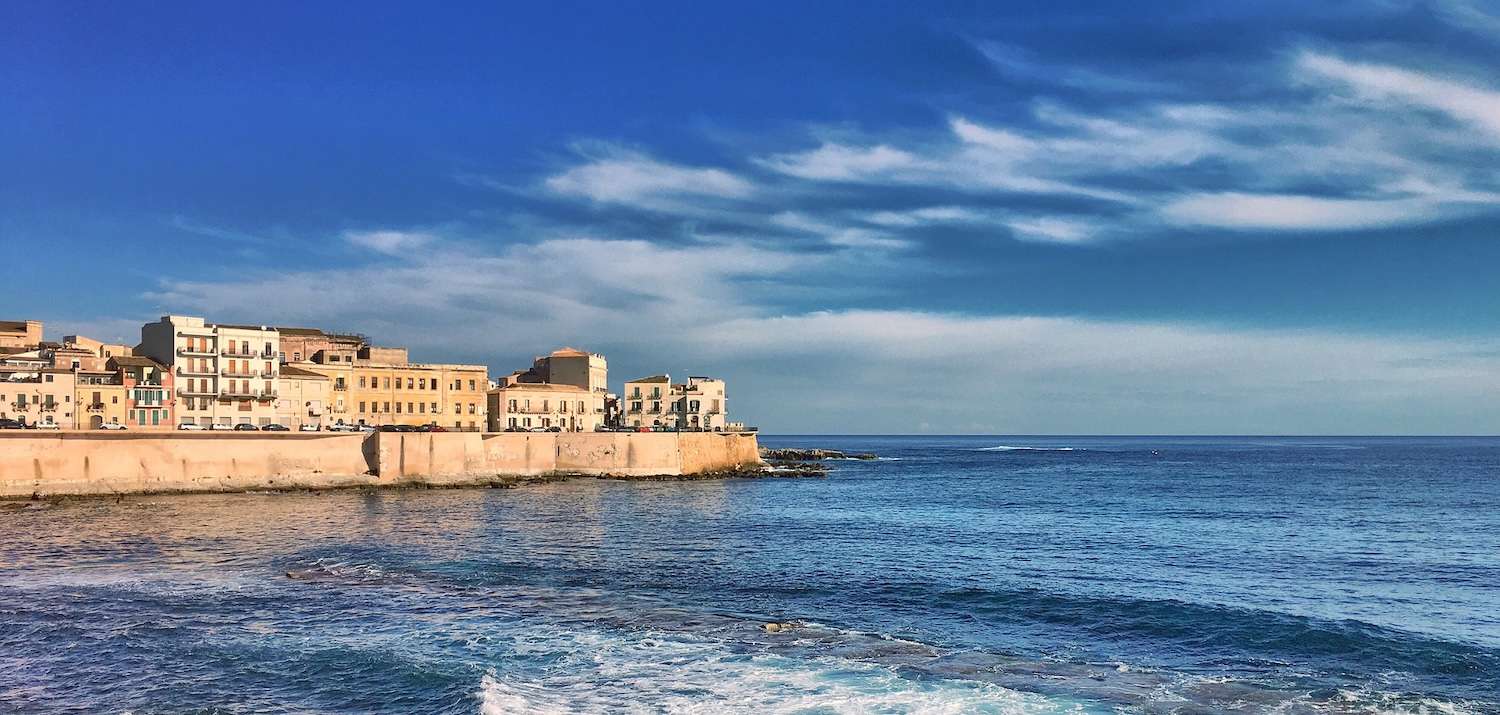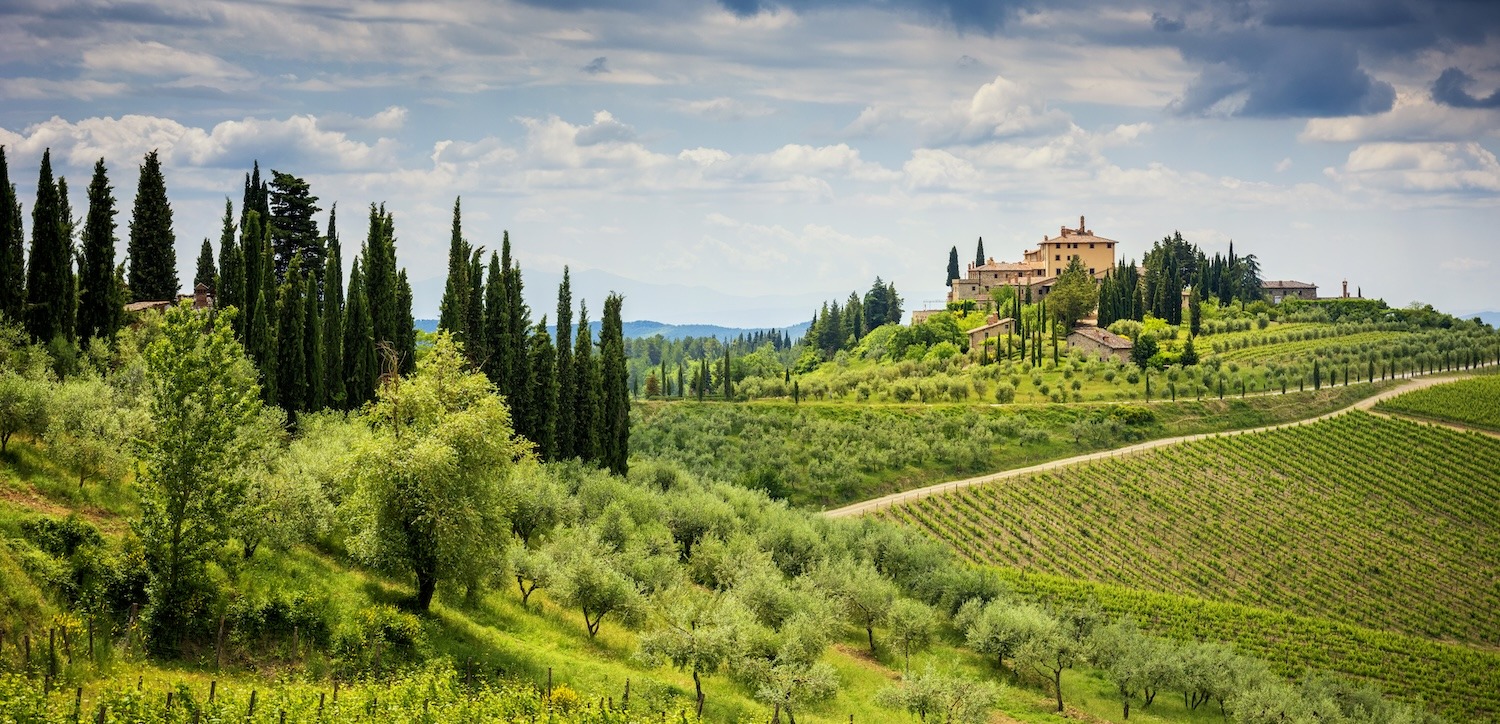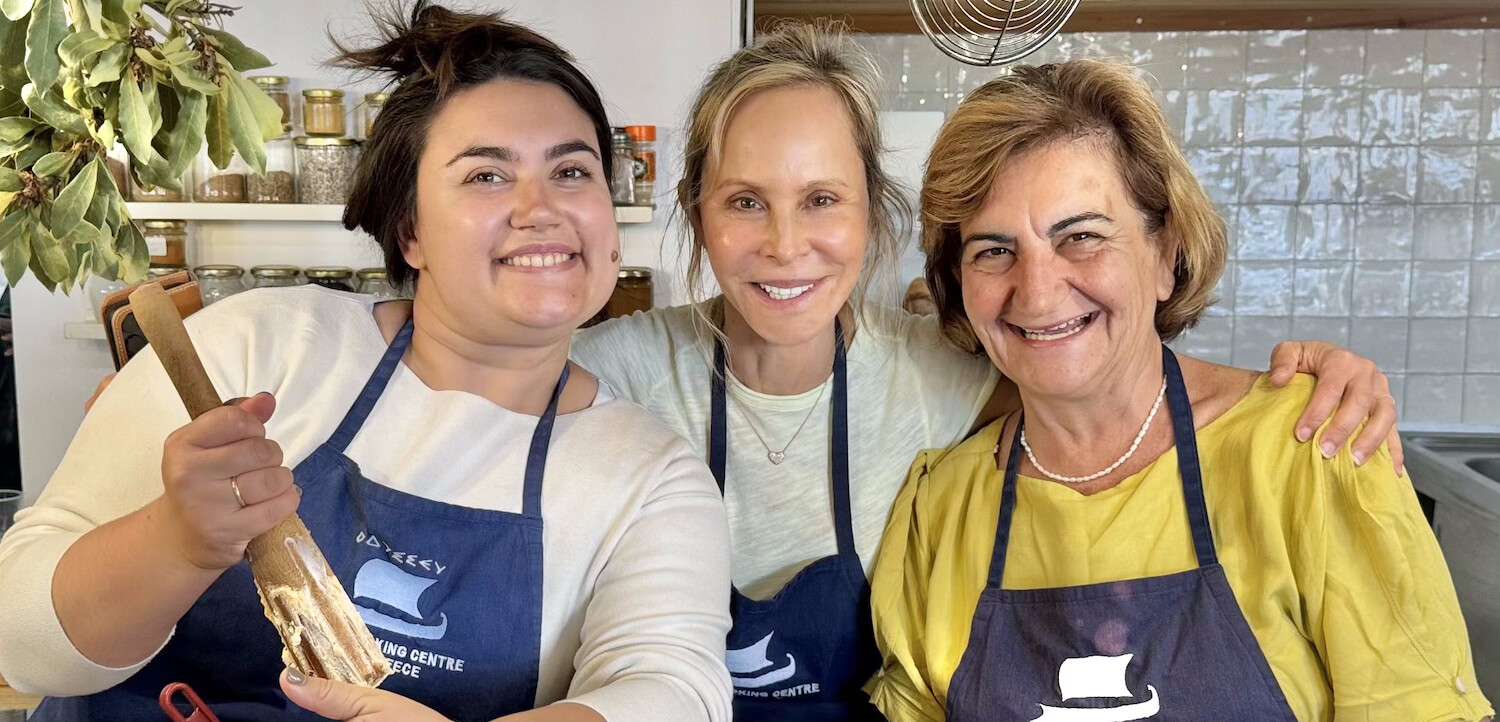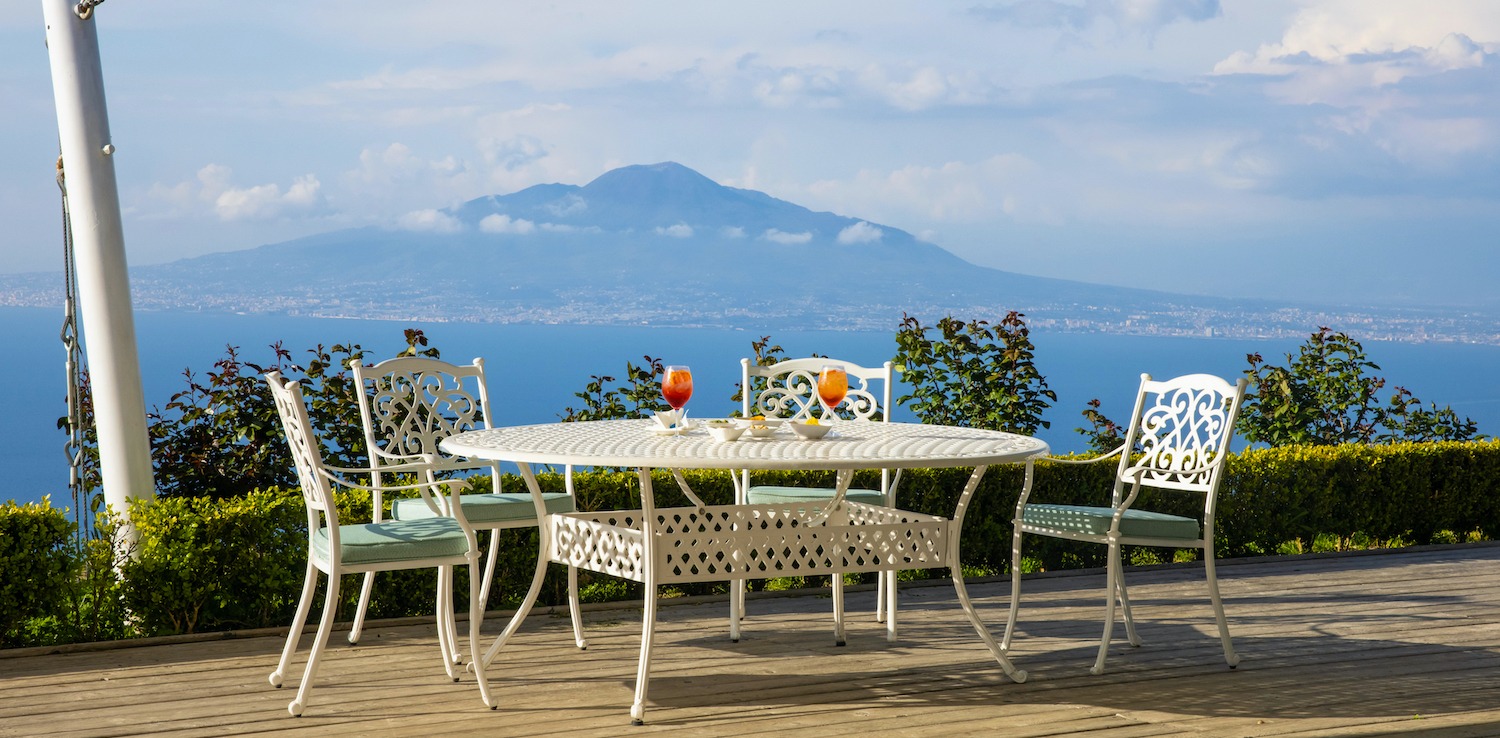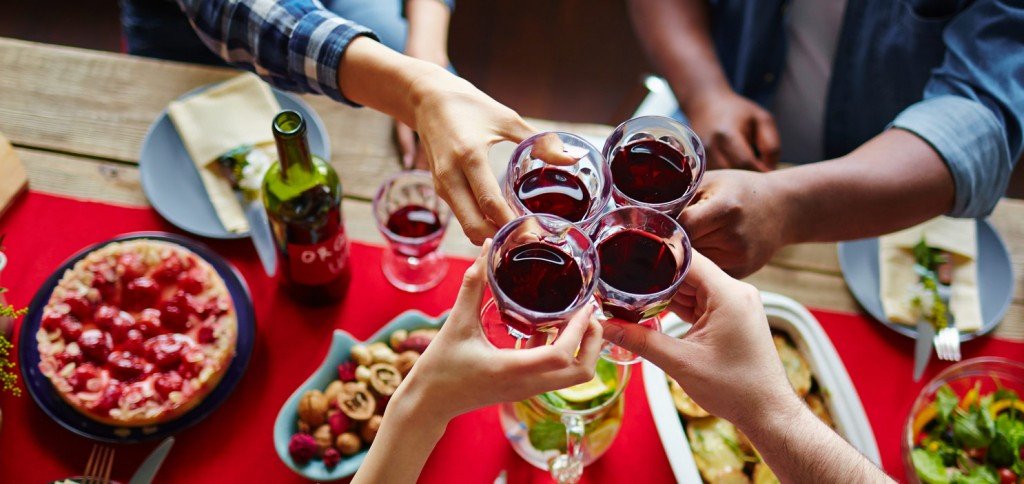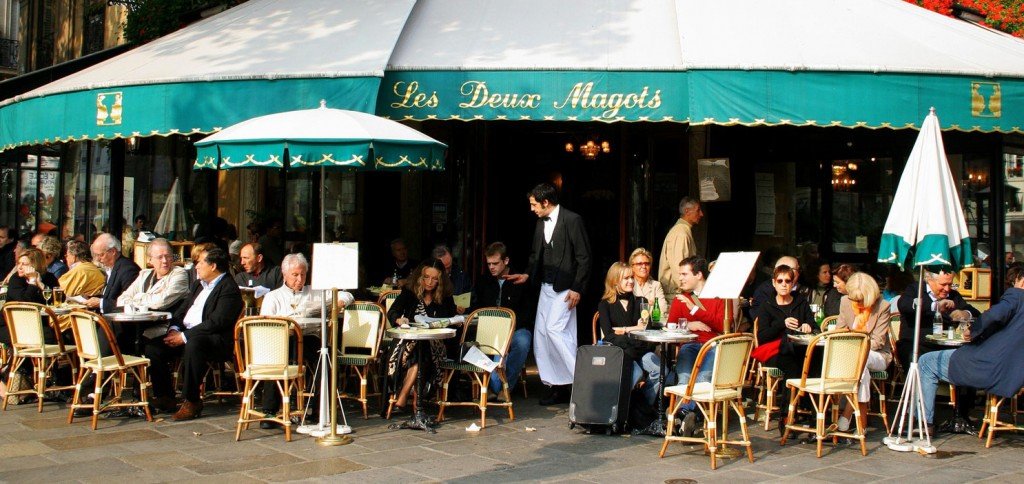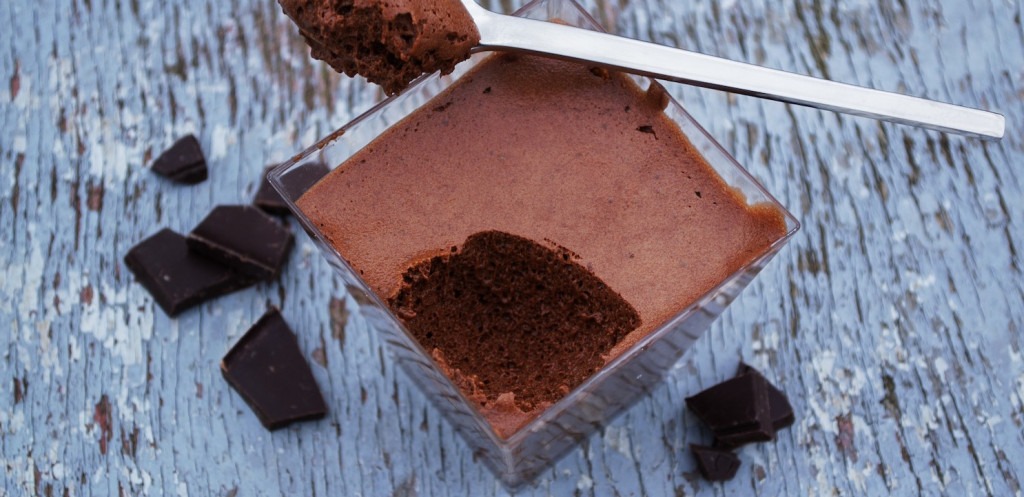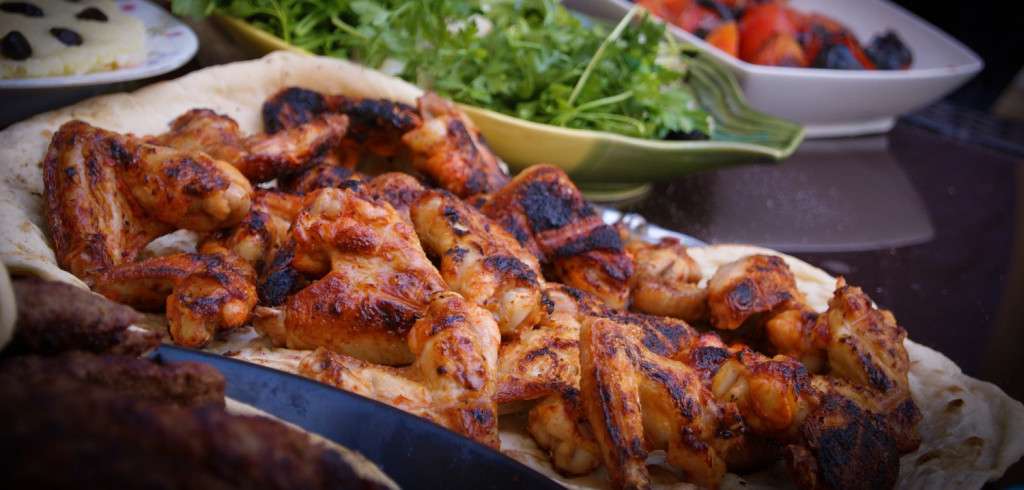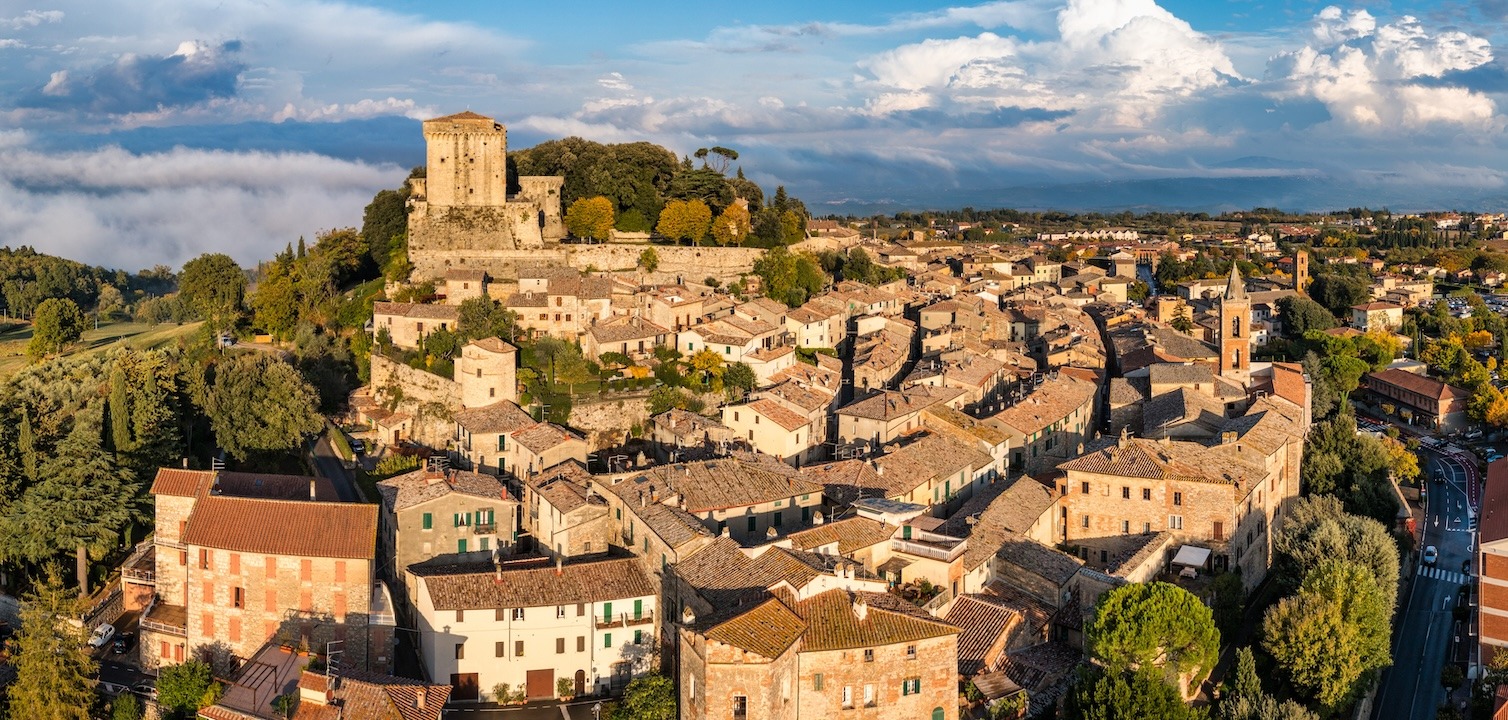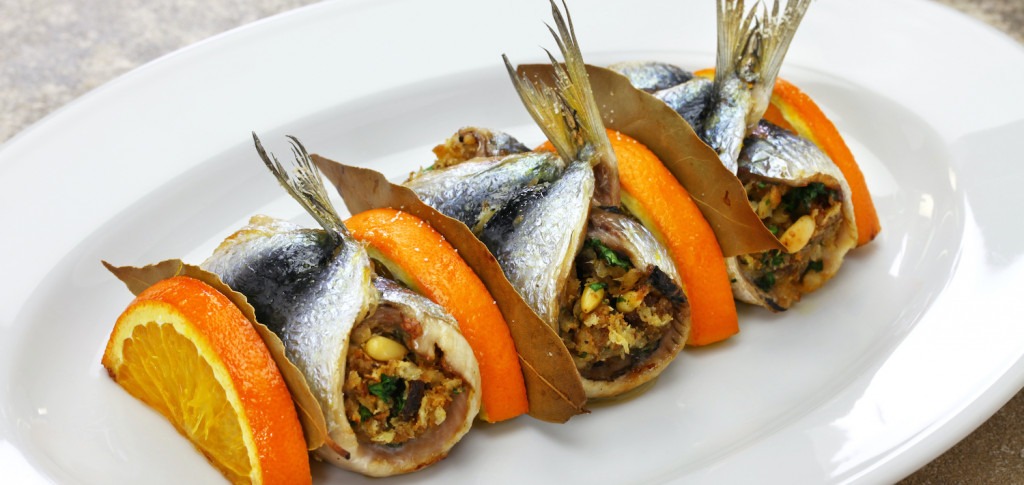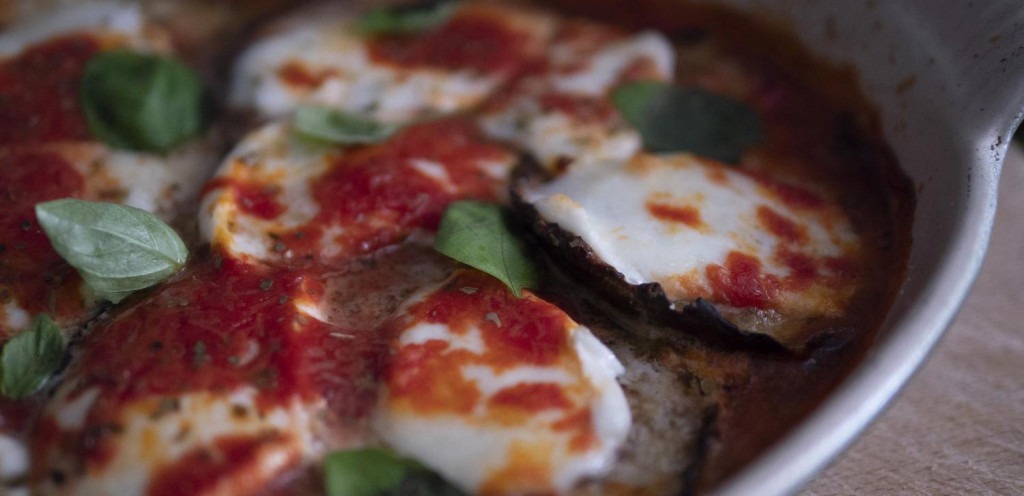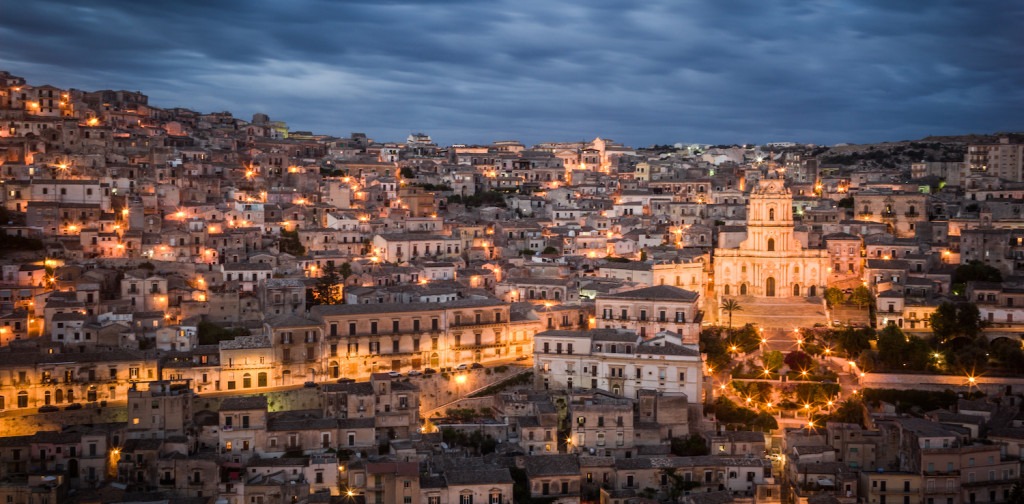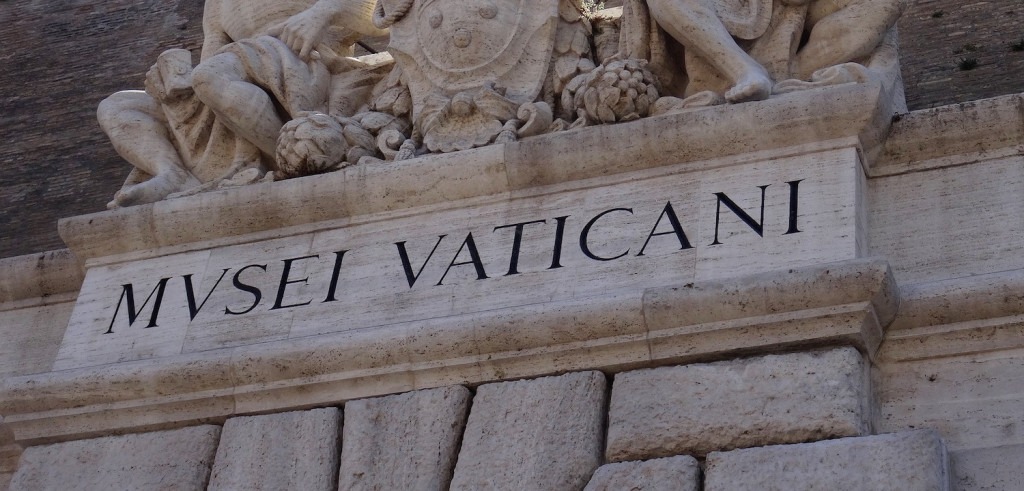
- The International Kitchen
- Recipes
- Panettone Recipe from Our Italy Culinary Tours
Panettone Recipe from Our Italy Culinary Tours
-
-
 In Italy, Christmas means “panettone” and “pandoro,” two sweet types of bread that are ubiquitous during the holiday season. I guarantee you every house in Italy has one or the other on the table at Christmas time. Today we share a recipe for our favorite, the Milanese panettone. The name comes from “pane di Tonio” (Tony’s bread), and there are many stories related to the origin!
In Italy, Christmas means “panettone” and “pandoro,” two sweet types of bread that are ubiquitous during the holiday season. I guarantee you every house in Italy has one or the other on the table at Christmas time. Today we share a recipe for our favorite, the Milanese panettone. The name comes from “pane di Tonio” (Tony’s bread), and there are many stories related to the origin!
Try making this classic Italian Christmas recipe at home for your family and friends. It also makes a great gift.
Legends of a Popular Italian Christmas Dessert: Panettone
There are a few things we know for sure about panettone. It originated in Milan, Italy, but it wasn’t hugely popular until the early 20th century when it started to be commercially produced and sold far and wide. Today it’s the most popular Italian Christmas dessert, and you’re sure to find it on the dessert table, or served with coffee for breakfast, in any Italian family’s home.
What we don’t know for sure about the panettone? How, precisely, the Italian recipe came to be. There are various legends about the dessert’s origins; here are just a few of the most popular.
 A Love Story
A Love Story
Naturally, one of the most popular panettone origin stories involves a forbidden love story. This legend involves a nobleman and hawk breeder named Ughetto who fell in love with the baker’s daughter, a beautiful woman named Adalgisa. Since their families didn’t approve of their love, they often met in secret. But those meetings became increasingly difficult as Adalgisa was forced to work long hours in her family bakery.
To see her more often, Ughetto disguised himself and started working in the bakery. When he saw how the bakery was struggling financially, he created a bread for them to sell, and used higher-quality ingredients — particularly of butter and sugar — that he was able to buy by selling his hawks. As the bread became popular, he added more ingredients, like citron, and come Christmas time, he added raisins. When the bread became a huge success — and other bakers started to copy the recipe — he revealed his identity, and the couple lived happily ever after.
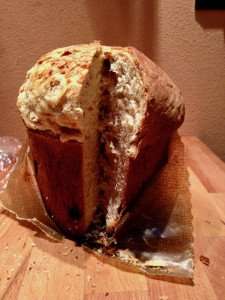 A Nun’s Story
A Nun’s Story
A less popular but more perhaps believable story revolves around a nun by the very-similar name of Ughetta. Nuns, it is most definitely known, are actually heavily responsible for many popular Italian desserts, as they’ve made cookies and pastries for centuries as a way to support their convents.
So, as this story goes, Ughetta lived in a poor convent who were expecting a very poor and sad Christmas time. To try something new, Ughetta created a new dessert, a panettone, which she finished by tracing the shape of a cross on top. The bread, made with fruit, cheered up the convent, and it quickly became a popular treat.
Usually prepared and enjoyed for Christmas and New Year, Panettone is a typical bread of Milan and one of the symbols of the Italian city! This bread is suited for dessert, afternoon tea or even breakfast!
 The Origins of the Name ‘Panettone’
The Origins of the Name ‘Panettone’
Another legend revolves around a large Christmas celebration in Duke Ludovico’s court. The chef burnt the dessert during the huge banquet and was growing frantic, as everyone was demanding dessert. A scullery boy named Toni came to the rescue with his own dessert that he had made from the scraps of the baker’s original dessert. He had simply added some of the ingredients the panettone is now famous for, such as raisins, eggs, sugar, citron. Everyone loved it, and the chef gave credit where credit was due. Everyone began shouting ,”el pan del Toni” and the panettone was born… if that’s the legend you choose to believe!
We have not one but two great panettone recipes for you to try!
Recipe for Easy Italian Christmas Panettone Recipe
-
-
-
-
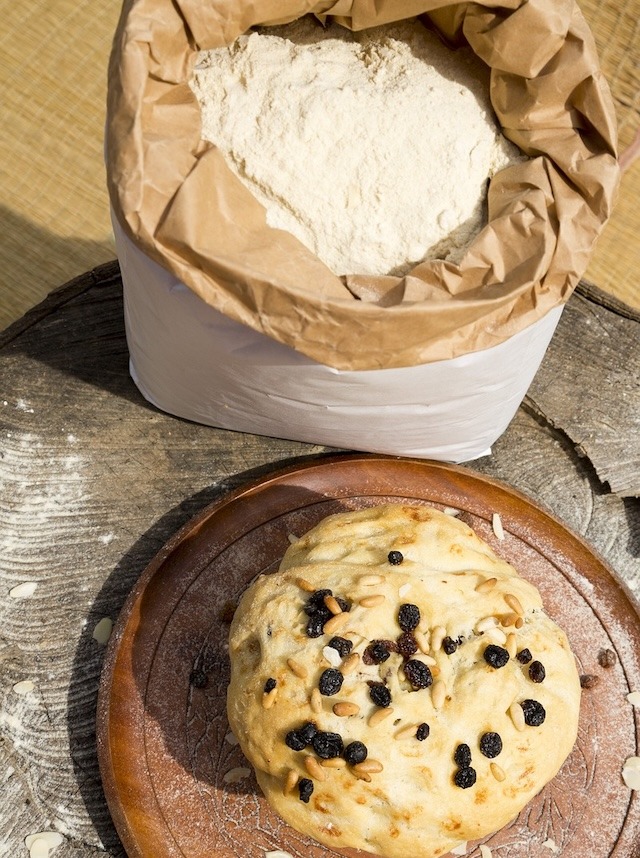
Ingredients
- 1 (.25 oz.) package active dry yeast
- 1 cup warm water (110 degrees F/45 degrees C)
- ¼ cup white sugar
- 2 eggs
- 1/2 cup nonfat plain yogurt
- 1 teaspoon vanilla extract
- 1 tablespoon grated lemon zest
- ¼ teaspoon salt
- 4 cups unbleached all-purpose flour
- ¼ cup dried currants
- ¼ cup raisins
- 1 tablespoon confectioners'
- sugar
- 1 tablespoon butter, melted (optional)
Instructions
- In a medium bowl, combine yeast, water and sugar. Cover and let stand 10 minutes, or until foamy. Add eggs, yogurt, vanilla, lemon zest, and salt. Mix well. Stir in flour 1/2 cup at a time until dough forms into a manageable ball. Turn out onto a lightly floured surface and knead for 5 to 10 minutes, adding flour as necessary, until dough is soft and pliable, but not sticky. (May need up to 5 cups flour.) Place dough in a large, lightly pan-sprayed bowl, cover, and let rise in a warm place until doubled, about 1 hour.
- Preheat oven to 350 degrees F (175 degrees C) and spray a round 8-inch cake pan with non-stick spray. In a small bowl, toss dried fruit with confectioners' sugar. Punch down dough in bowl, transfer to floured surface, and knead in the fruit.
- Form dough into a ball, place in prepared cake pan, cover loosely with dish towel and let rise 30 minutes. (Loaf will rise above the pan sides.) Brush with melted butter, if desired. Bake for 45 minutes, or until loaf is golden brown and a toothpick inserted in the center comes out clean. Makes 10 wedges.
Recipe for Classic Christmas Panettone Milanese Recipe
-
-
-

Ingredients
- 2 1/4 c flour
- 2 1/4 c bread flour
- 1 c sugar
- 2 1/4 tsp or 1 package instant yeast
- 11 T butter, softened to room temperature
- 4 eggs, room temp
- 3 yolks, room temp
- pinch of salt
- 1 c raisins
- 1/2 c candied lemon peel
- zest of 1 lemon and 1 orange
- 2 t vanilla
- water, room temp
- panettone pan or panettone paper (available online or at specialty food shops such as Sur La Table during the holiday season)
Instructions
- First, make the biga, a pre-ferment that will sit overnight and be used to start the rest of the dough. Dissolve all but 1/2 t of the dry yeast (or all but 2 gr of the fresh yeast) in a bit of tepid water (about 1/3 c) and then mix in 3/4 c of all-purpose flour. Place in an oiled bowl, roll to coat, cover with plastic wrap, and let sit out at least one hour. Place in the fridge, and leave overnight.
- The next day, take the biga out of the refrigerator, place it on a board, covered, and let come to room temperature (about an hour). Soak the raisins in warm water (or your spirit of choice!).
- Mix the biga, 1 1/4 c of bread flour, 2 whole eggs,, and the rest of the yeast in a mixer on low or with your hands. (Add water if necessary, one tablespoon at a time, to get the dough to come together.) Add 1/2 c. sugar and mix. Keep incorporating, and add 4 T of softened butter. Knead until the dough is elastic and smooth, and not sticky.
- 4. Let rise in an oiled bowl, covered with plastic wrap, in a warm place until doubled (1 1/2 to 2 hours).
- Put the dough back in the mixer, add 2 more eggs, 3 yolks, the vanilla, and the rest of the flour. Mix thoroughly, then add a pinch of salt and the other 1/2 c. of sugar. When the sugar is incorporated, add the rest of the softened butter. The dough should be smooth, shiny, and elastic (you may need to add more flour, 1/4 c. at a time, or water, 1 T at a time, to get the desired consistency). Drain the raisins and pat dry. Add the candied fruit, the zest, and the raisins. Knead for a several minutes and then place in the oiled bowl, covered, to let rise again. The dough should double in size (2-3 hours).
- Gently form the dough into a round boule, trying to degas it as little as possible, and place in well-buttered 1kg (2 lb or 7") panettone pan or panettone paper, or in two smaller pans/papers (4-5"). Press it gently to make it fill the bottom of the pan or paper. Spray with oil, cover, and let rise one last time until it reaches the top of the pan/paper (about 2 hours).
- Preheat your oven to 375 degrees F. Place a sheet pan of water on a rack in the top position, and the other rack in the lower third of the oven. Bake the panettone for 5 minutes, then, with a sharp, serrated knife, cut a small cross on top of the loaf. Add a small pat of butter to the cut, and continue baking for 10 more minutes. Lower the oven temperature to 325 and bake for about 60 minutes more for a single loaf, 40-45 minutes for two loaves, or until the internal temperature reaches 185 degrees F. If the top is browning too much, cover it loosely with foil.
- Remove the panettone from the pan immediately to cool on a wire rack (or cool in the panettone paper on a wire rack). Cool at least 2 hours before serving. Your panettone can be kept for up to two weeks wrapped in plastic, at room temperature.
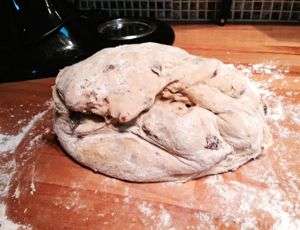

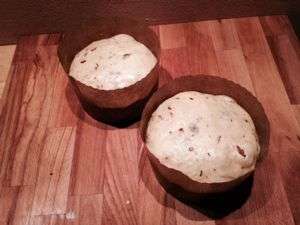


Sign up to Receive Our Newsletter
As well as travel tips, promotions, and information on our best cooking vacations.
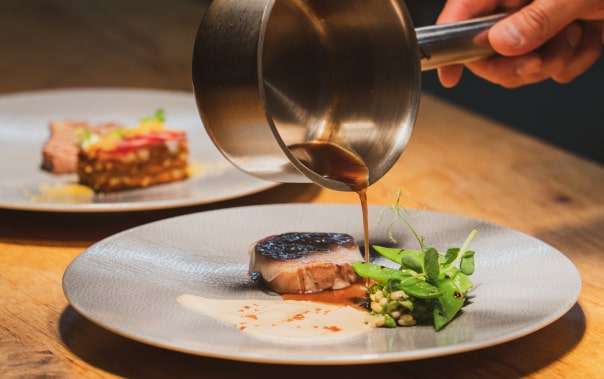
recipes
Related Recipes
blog

